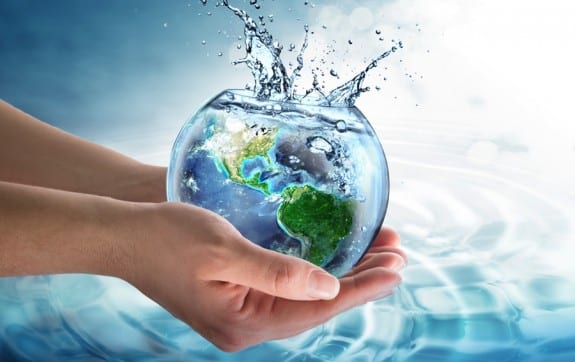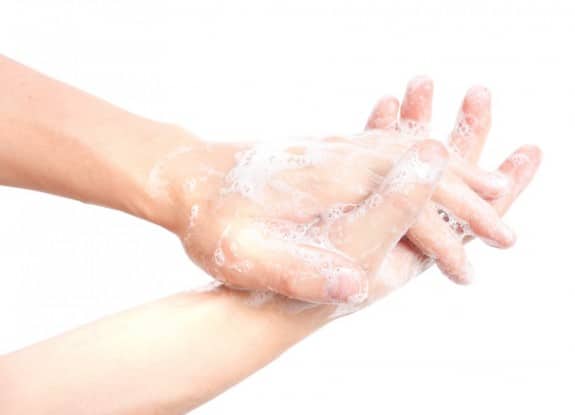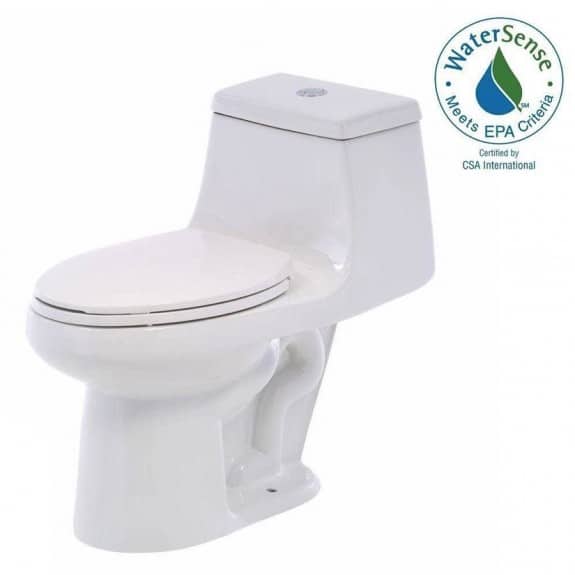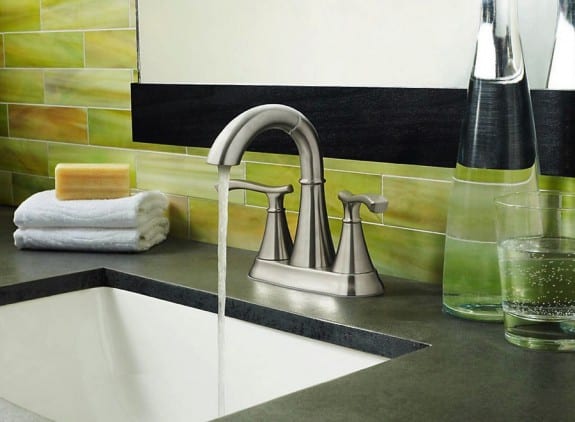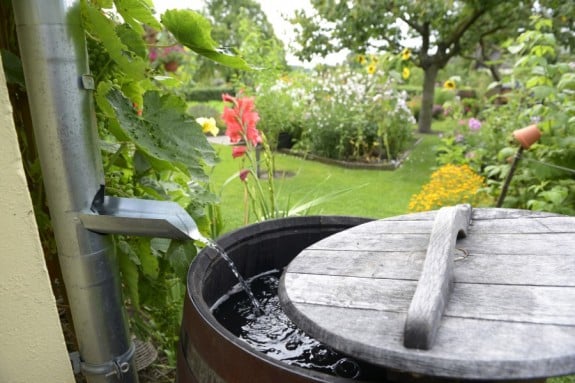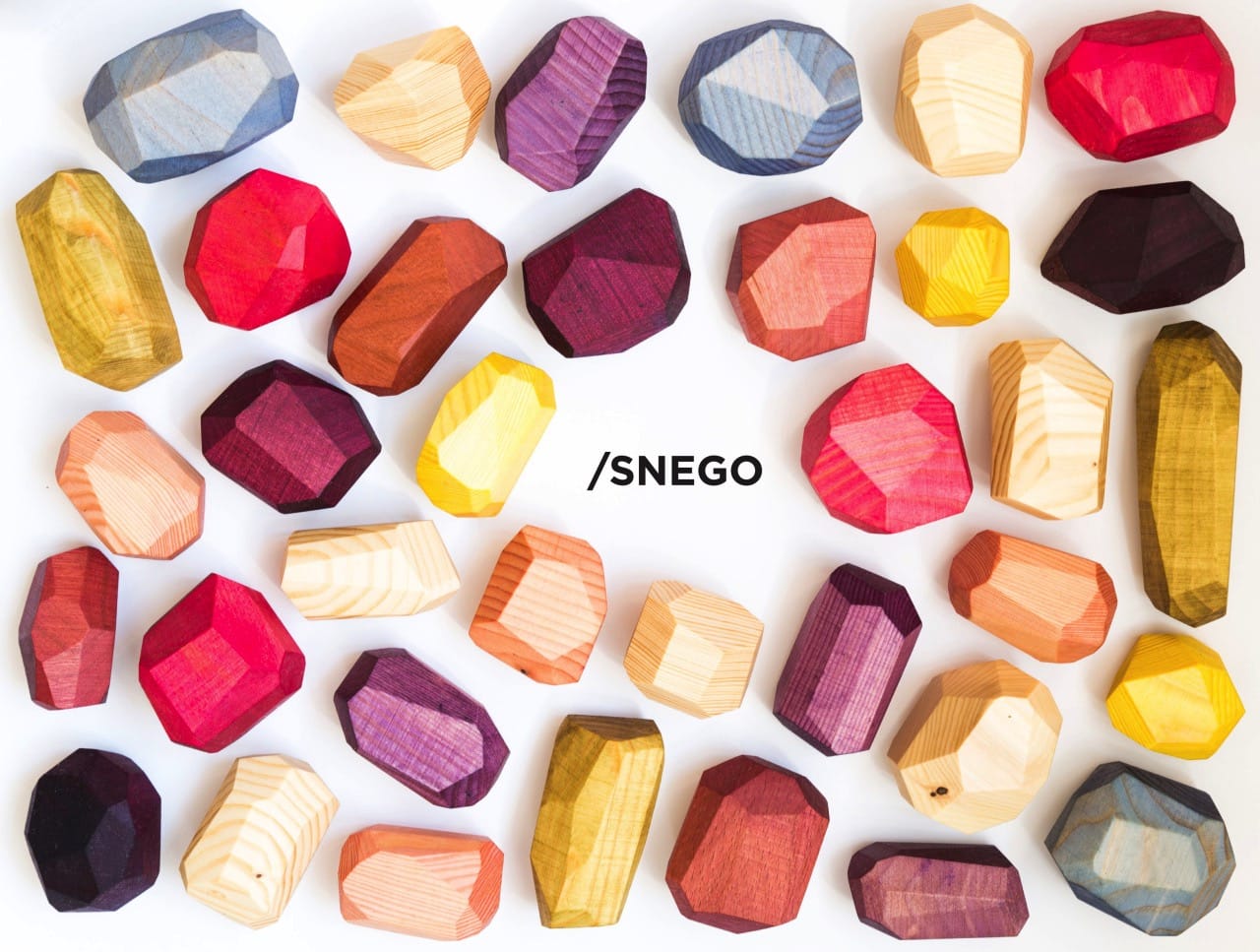In our house, we take conservation very seriously. On top of our daily paper, plastic, and glass recycling, we compost our organic waste through the green bin program and have just switched to a high-efficiency washer that uses half of the water our previous model did.
As parents, you learn that it doesn’t matter how determined you are to save the earth, kids sometimes think it has endless resources. Sadly, they couldn’t be more wrong.
It is estimated that 1 in 10 people worldwide lacks access to clean water. Or, almost twice the population of the United States. As Canadians living in a large city, we are very fortunate to have access to clean water for cooking, drinking, cleaning, and bathing.
But that resource won’t last forever if we don’t start to protect it.
Over the last couple years, we have been teaching our boy’s different ways to conserve water. The most important way is to lead by example. When they see us doing the right thing, it becomes the norm and they start to do it too.
Small actions can add up to big savings.
Here are a few ways that our family conserves water:
Bathing Our Boys Together! – This is a great way to save on water as we only need to fill the tub once! I wash their hair under the tap as it is filling and they wash their bodies as they float around.
Lather First, Rinse Second – Our kids know to wash their hands with soap for 10-15 seconds first before turning on the water. It’s a small thing, but this cuts back significantly as the tap isn’t running while they’re cleaning.
Low Flow Toilets – A couple of years ago we replaced all of the toilets in the house with low flow toilets, which has lowered our water use significantly.
Water Sense Faucets – We replaced our main faucets and shower head with WaterSense models that reduce water consumption by 30%.
Vegetable Water to Hydrate House Plants – Water leftover from cooking broccoli, asparagus, carrots, and cauliflower is perfect – when cooled – to water your house plants. It also comes with some extra nutrients that will give them a boost!
Laundry – I only wash laundry once a week, and only wash jeans/pants when they are well soiled. Having the boys wear their jeans 5 or 6 times before washing them really cuts down on laundry. If need be, we spot clean drips or dirt in between.
Rain Barrel – We have a large barrel attached to the roof of our shed and it gives me enough water to keep our plants and flowers hydrated once a week. An extra perk to this is that I’ve found that rainwater actually makes my garden grow more lush and green.
Mesh Safety Pool Cover – A couple of years ago when we installed our pool we purchased a mesh safety cover that allows the snow and rain to flow through it, which means we never have to fill the pool back up in the Spring. We also use a solar cover in the Summer to prevent the water from evaporating. When you add in the rain and the pool is covered for 90% of the time, we rarely have to add water. In fact, we use the overage to water our lawn on warm days.
Fewer Lawn Waterings– During the Summer days, our city has a restriction in place for outdoor water use. As part of this law, we are only able to water our lawn one day a week – early in the morning or in the evening. Because we are able to hydrate the lawn when we backwash the pool, we didn’t actually put the sprinkler out once last year. Instead, I walk from planter to planter with a bucket of rainwater or use a hose to water each individual flower bed. Also, when we put the pool in, we also filled the backyard with good quality soil and lush sod from the Turf Institute by our house. This lawn tends to need less care and water because the root system was established properly and the soil provides a lot of good nourishment.
Each month or two, my husband and I would tackle a new project and before we knew it our water use was dropping about 10-15% each month!
As part of their #EveryDropCounts Campaign to support World Water Day on March 22nd, 2016, Colgate has created the following video to show one easy way every household could save nearly 3,000 gallons of water a year. To do their part Colgate has also reduced the water consumed per unit of production in the manufacture of its products by about 34 percent vs. 2005.
“Disclosure: This sponsored conversation was created as part of the Colgate #EveryDropCounts Campaign to support World Water Day. As always, the opinions on this blog are my own.”

